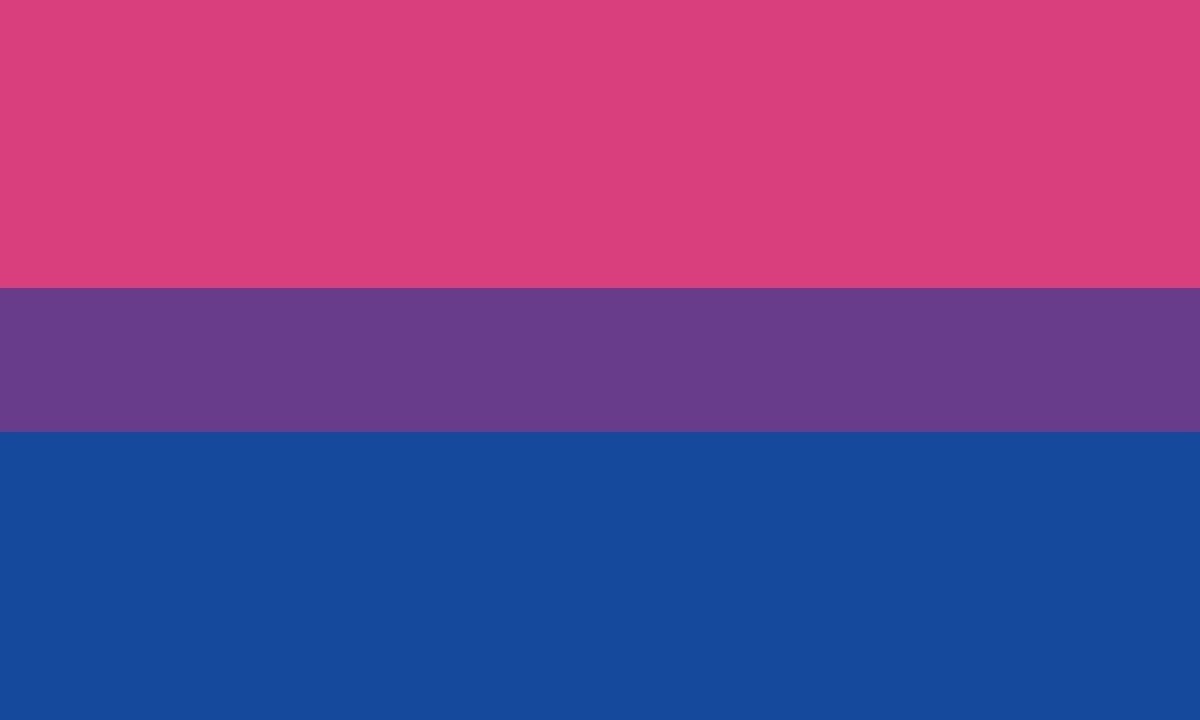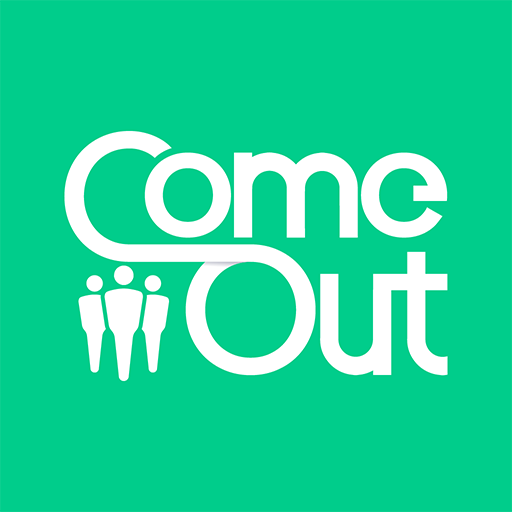Bisexual. It's a term you've likely heard before. But what does it truly mean? Bisexuality refers to an emotional, romantic, or sexual attraction to both men and women. It's a unique sexual orientation with its own set of experiences and narratives. But the complexities of bisexuality extend beyond its basic definition. They intertwine with misconceptions, societal norms, and personal identities.
The nuances of this term might surprise you. No, this attraction doesn't have to be equally split between genders. Interested to unravel more about bisexuality? Stay with us as we delve into this intriguing world.
What Is Bisexual? Exploring Definitions and Common Misconceptions
Understanding bisexuality requires breaking down preconceived notions. Some see it as a midway point between being gay or straight. But that's an oversimplification. Bisexuality is not about being 'half gay' and 'half straight'. It's its own unique identity, a world full of rich experiences and varied perspectives.
However, misconceptions are plenty. Some assume that being bisexual means you're equally attracted to men and women. But that's not the case. Bisexual individuals can experience varied attractions, fluid over time. Others incorrectly label bisexuality as a phase, a stepping stone, or an indication of promiscuity. These myths are far from reality. Bisexual individuals, like anyone else, choose their partners based on personal preferences, not societal stereotypes.
Bisexual vs. Pansexual: Knowing the Distinctions
"Bisexual" and "pansexual" – two terms often interchanged, but they're not identical. Bisexuality refers to an attraction to both men and women. Pansexuality, on the other hand, is a broader term. It denotes an attraction to people regardless of their gender. It embraces all gender identities, including those beyond the binary of male and female.
Understanding these labels' differences helps to respect each person's unique identity. Even though they may seem similar, they stem from different experiences and personal understandings of attraction. So, the heart of the matter? Love is love, and everyone has the right to define their sexuality as they understand it best.
Unpacking the Bisexual Experience: Am I Bisexual?
Recognizing your sexual orientation is a deeply personal journey. It's about understanding your feelings and attractions. Sometimes, it involves questioning and introspection. If you ever found yourself asking, "Am I bisexual?", know that you're not alone.
Identifying as bisexual doesn't require you to meet any specific criteria. It's not about the number of relationships you've had with different genders. It's about how you feel. There's no need to rush to label yourself. Take your time, explore your feelings, ask questions, and be open to your experiences. The most important thing is to embrace your truth when you're ready.
The Symbol of Pride: What Is the Bisexual Pride Flag?

Have you ever noticed a flag featuring stripes of magenta, lavender, and blue at pride parades? That's the bisexual pride flag! Each color represents a different facet of bisexuality. The magenta symbolizes same-sex attraction, the blue denotes heterosexual attraction, and the lavender—a blend of both colors—captures attraction across genders. It's a powerful symbol of identity and community.
But the bisexual flag goes beyond mere symbolism. It's a declaration of existence, a banner of unity, and a beacon of pride and inclusion. Seeing this flag flying high can evoke a strong sense of belonging among bisexual individuals.
Observing the Bisexual Awareness Week
Bisexual Awareness Week falls in September. It's a global observance dedicated to recognizing and celebrating the bisexual community. It serves as a platform to highlight the unique issues faced by bisexual individuals.
But it's more than just a week of recognition. It's about raising awareness, fighting against biphobia, and promoting acceptance. It's a call to action to challenge stereotypes and to embrace diversity. As we celebrate, let's remember that promoting understanding and acceptance is a responsibility that extends beyond a single week.
Presenting Yourself: How to Look Bisexual
You might have heard the term "bisexual look". But here's the truth: there's no one way to look bisexual. The notion of a certain aesthetic associated with bisexuality often stems from stereotypes. But your style and presentation should reflect your personal taste, not societal expectations.
Sure, some people love expressing their identity through fashion, like adopting the 'bi bob' haircut or wearing the bi pride colors. But remember, it's not a requirement. Fashion can be an extension of your identity, but it's not a determinant. Let your authenticity shine through, because there's no better way to look than just being you.
Relationship Dynamics: Bisexual Couples
Relationships are as diverse as the individuals involved in them. And this holds true for bisexual individuals too. Being bisexual doesn't dictate a particular relationship structure. Some bisexual people engage in monogamous relationships, while others may prefer polyamorous arrangements.
The key point to remember here is that bisexual individuals, like everyone else, have the freedom to choose their relationship dynamics. It's not the sexual orientation that defines a relationship, but the people in it. After all, love doesn't fit into a box, and neither should our understanding of relationships.
Out and Proud: Bisexual Celebrities Making a Difference
The media has a significant influence on societal perceptions. That's why when celebrities like Billie Joe Armstrong, Alan Cumming, and Anna Paquin openly identify as bisexual, it makes a big difference. Their visibility helps challenge biases, validate experiences, and pave the way for a more accepting world.
The openness of these stars in sharing their personal experiences helps to normalize bisexuality. It also offers comfort and inspiration to those who might be struggling with their own identities. Their stories remind us that everyone has the right to live their truth openly.
Real Lives, Real Stories: Personal Experiences of Bisexual Men
From the struggles of coming out to overcoming biphobia, every bisexual man has a unique story to tell. These narratives are raw, real, and profoundly resonating. They shed light on the challenges faced by bisexual men, their journeys of self-discovery, and their fights for acceptance.
Sharing these stories is a powerful way to foster empathy and understanding. It's also a great reminder of the strength and resilience within the bisexual community. Interested in exploring these stories? Stay connected with ComeOut for more personal narratives.
Conclusion: Embracing and Understanding Bisexuality
Bisexuality, as an identity, is as diverse and complex as the individuals who identify with it. The journey to understanding and acceptance may be long, but it's a crucial one. As we unpack the layers of bisexuality, we're reminded that everyone's experience is unique.
Remember, you're not alone in your journey. Whether you're exploring your identity or seeking to understand others, patience is key. Embrace the process of learning and growing, because every step you take contributes to a more inclusive world.
Did this article spark your curiosity? Are you eager to connect with like-minded individuals? Then, ComeOut is the place for you. Download the ComeOut app and start your journey of connection, exploration, and understanding today. Our friendly and inclusive community awaits you. Let's continue the conversation there!





